Your plumbing includes all of the pipes and fixtures on your property, from the valve near the street to the faucets inside your home.
Here are a few important components to be familiar with:
Your plumbing includes all of the pipes and fixtures on your property, from the valve near the street to the faucets inside your home.
Here are a few important components to be familiar with:
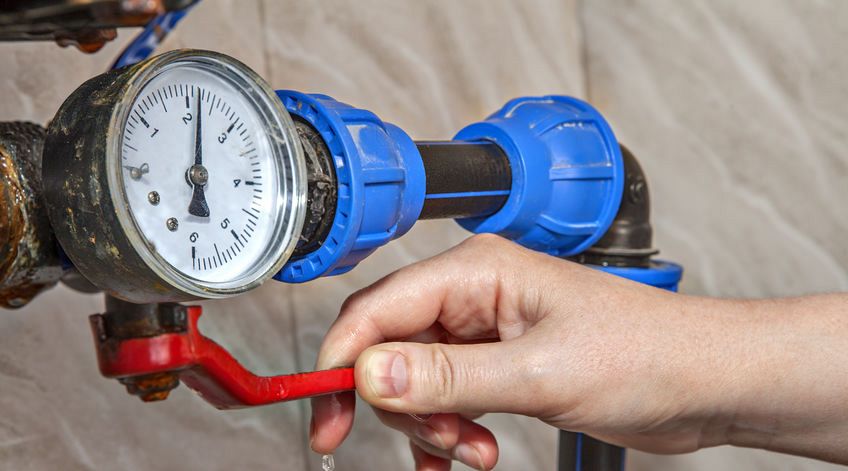
The main shutoff valve is normally located where the water line enters your home through the foundation. It can be used to shut the water off in an emergency, or when plumbing improvements are being made. When the property is vacant, the main shutoff valve can also be turned off to prevent water damage that unforeseen leaks might cause. To ensure this valve works properly, turn it off and verify that the water flow to your fixtures has stopped completely. When the valve is turned back on, it should be opened fully to allow unrestricted water flow.
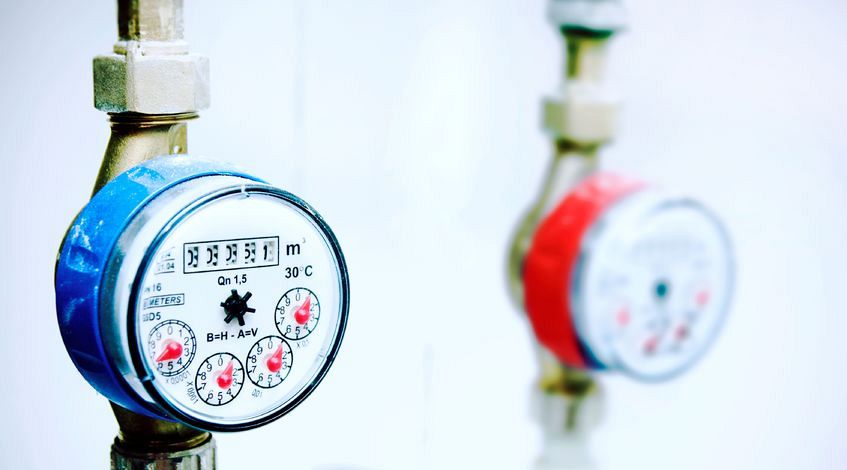
The water meter is usually found where the service line enters the residence and measures consumption. It usually has a 5/8" x 3/4" configuration, meaning the inside diameter is 5/8 of an inch and the the connectors are 3/4 of an inch. The meter is normally hardwired to a touchpad or readout on the exterior of the dwelling so that the meter can be read without entering the residence.
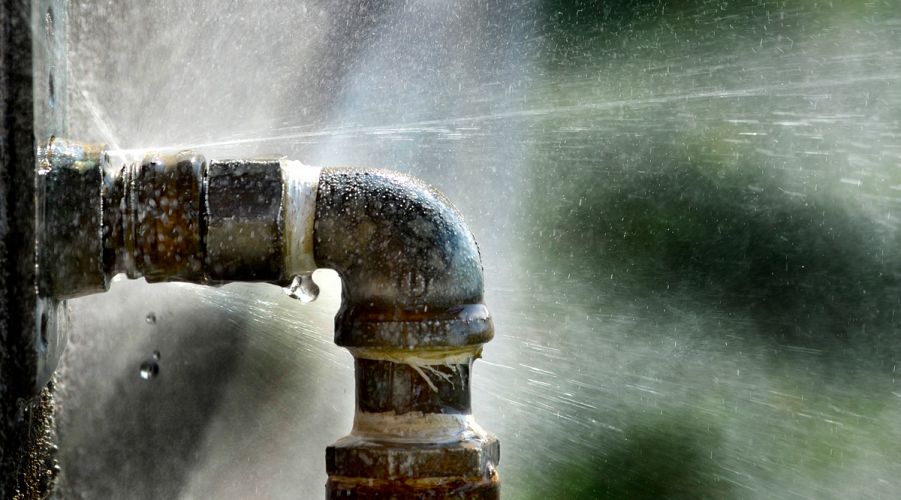
You should check to see if your meter has a "leak detector" on it. A leak detector is very useful in problem solving, if you suspect you have a leak in your home or business. When you are sure that nobody is using water on the property, check the dial. The dial should not be turning. The slightest movement means that water is being registered by the meter. A meter can not turn without water flowing through it.
Start with the toilet. You can turn the valve off at the toilet, then check the red dial. Continue isolating areas until you have narrowed the leak down.
Another way to check a toilet for a leak is by placing a dye tablet or food colouring in the tank. Let it sit for a while then look in the bowl and if you see coloring, the toilet is leaking through. Dye tablets are available free of charge at the Rutland Waterworks office.
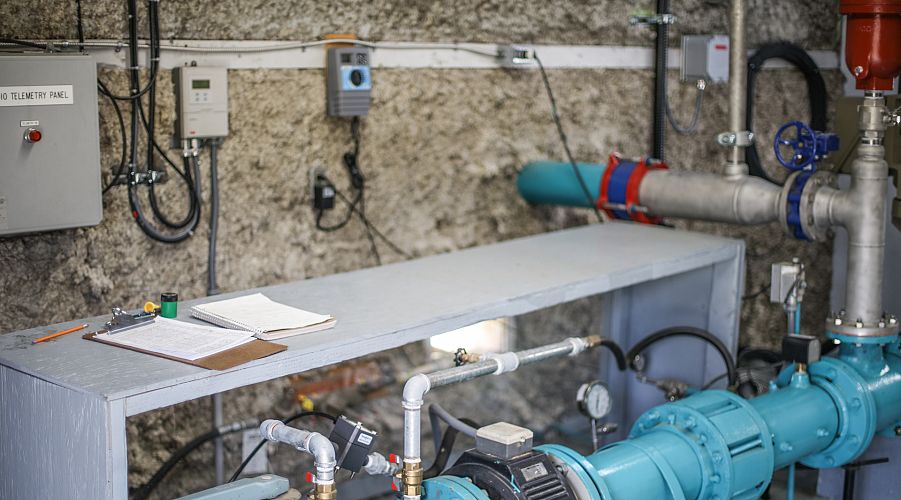
Most homes built after 1972 are equipped with a pressure reducing valve (PRV), which is normally located near the main water valve and meter. PRVs are usually bellshaped devices, approximately 4" in length that are designed to keep the water pressure inside your home from exceeding a set limit. This helps prevent "knocking" in pipes and other stresses caused by high pressure.
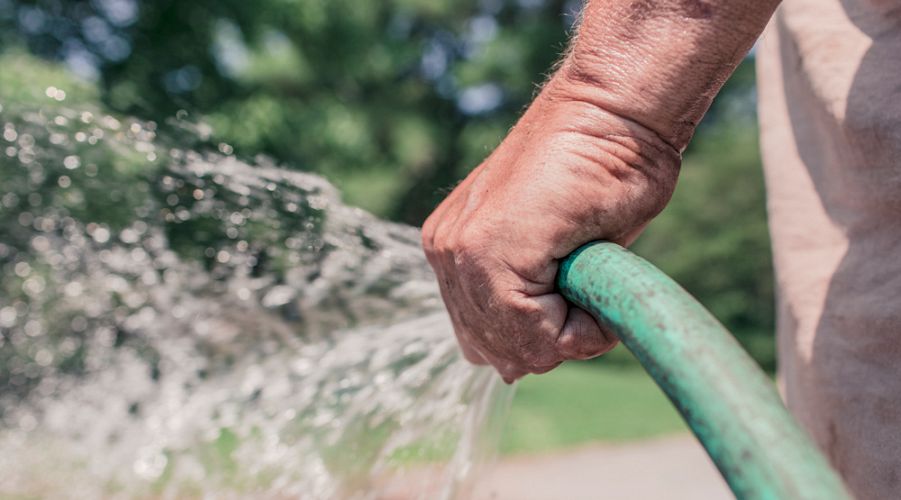
Moving water from the source to your taps is the job of your service line.
To prevent the water from freezing in winter, the water main is buried 5 to 6 feet deep in the street. A corporation stop is connected directly to the water main. The corporation stop is actually a modified valve that allows RWD to turn the water off at the water main in the event of a leak in the service line. The service line, usually 3⁄4 inch plastic or copper, is attached to the corporation stop, and the service line runs to the property line where it is attached to a curb stop. The curb stop is another modified valve that can be used to shut off the service without having to dig up the pavement in the street over the water main. The homeowner is responsible for repairing or replacing a leaking service line if the leak is between the curb box and the house.

A cross connection is a plumbing connection between a drinking water supply and water that is not for human consumption. An example of a cross connection would be any situation where these two sources of water, such as water from a sprinkler system, have the potential to flow together. Backflow, or water flowing from a building into the main water supply lines, can occur when a drop in water pressure in the distribution system allows water to flow from the building back into the main distribution system. To prevent this, backflow prevention devices should be installed. RWD staff are trained and certified to recognize cross connections and advise on backflow prevention devices when necessary.